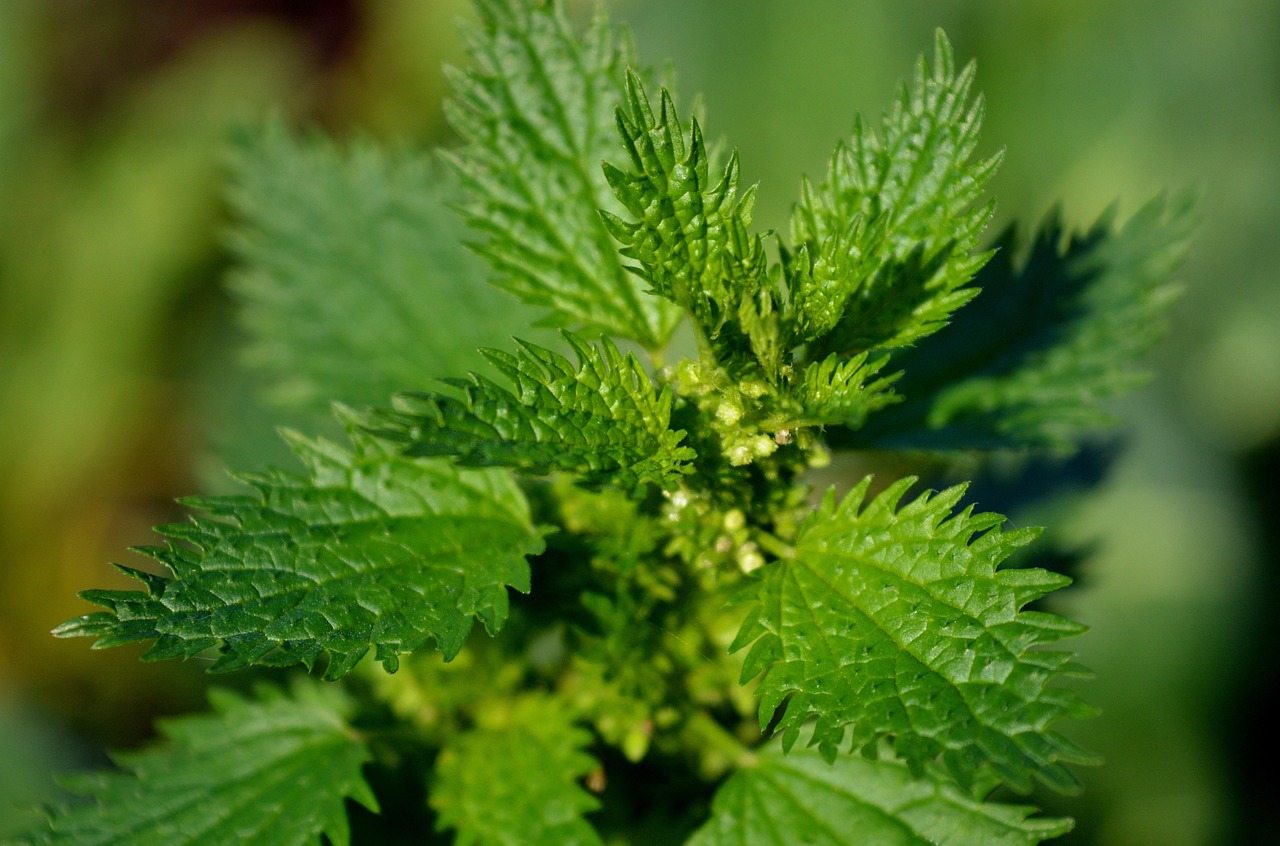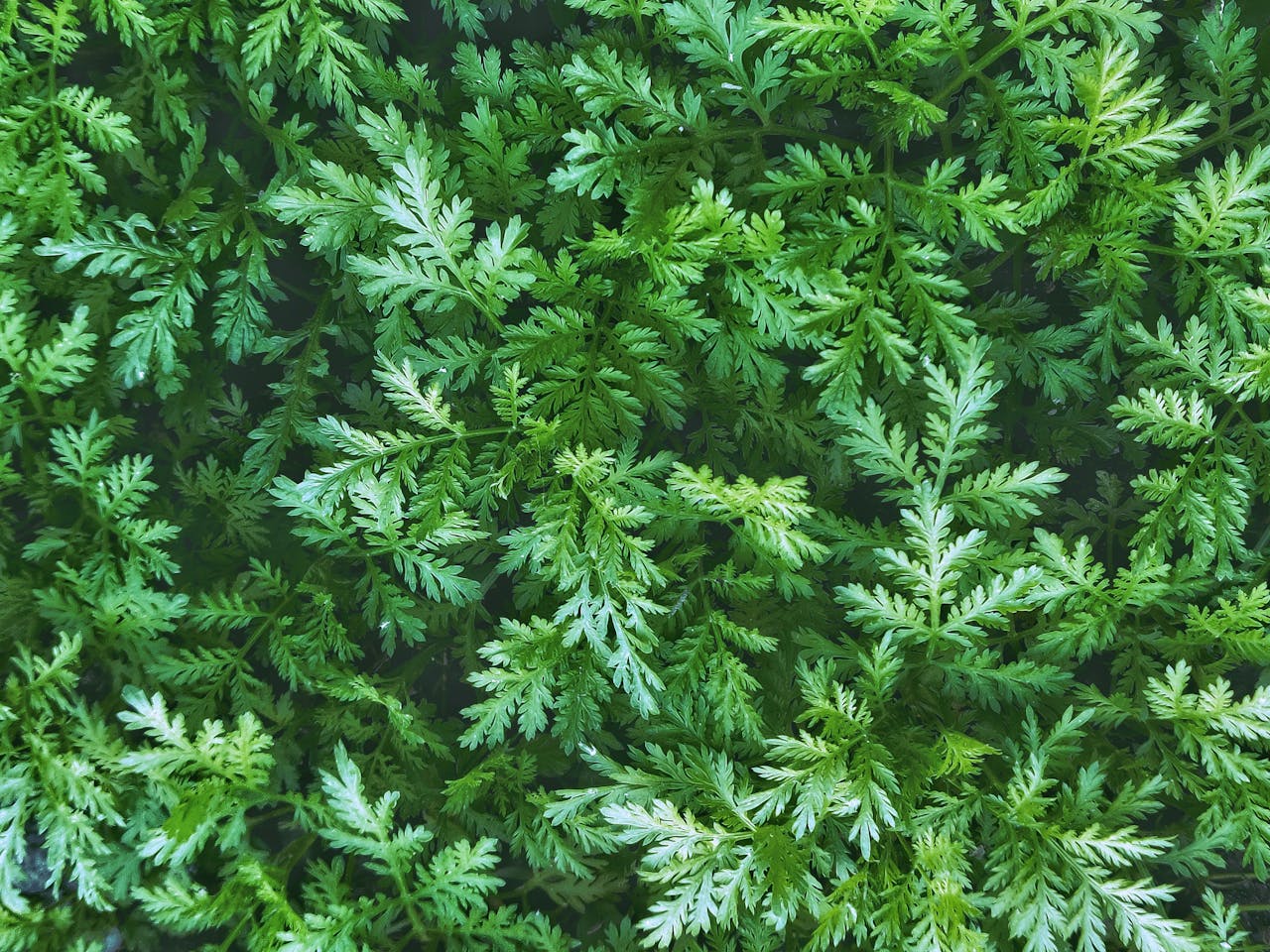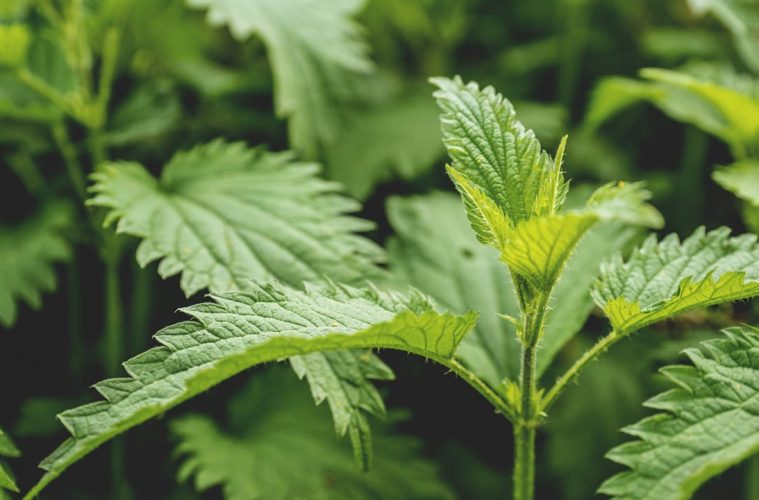Before plucking weeds off your garden, you might want to inspect which of them may be handy in many ways to the garden and in your next home remedy.
Here are some common weeds that you should keep a close eye on when weeding your garden:
Stinging nettle
Stinging nettle, Urtica dioica, occurs naturally in South African gardens although it is originally native to Europe, Asia, and western North Africa; it is now found worldwide. It is often pulled off the ground in some gardens as it is classified as a weed; this weed plant has multiple medicinal benefits.
This plant has a long history of use as a source for traditional medicine, food, tea, and textile raw material in ancient and modern societies. This plant makes nutritious tea for both humans and plants. The leaves have hair-like structures that sting and also produce itching, redness, and swelling. However, once it is processed into a supplement, dried, freeze-dried, or cooked, stinging nettle can be safely consumed. Studies link it to a number of potential health benefits.

Image credit: Pexels
African wormwood (Artemisia afra)
Artemisia afra is a plant native to Kenya, Tanzania, Uganda, Ethiopia, Zimbabwe, and Namibia. It grows in damp areas and transitional ecosystems, with its flowers producing butter-colored bracts. The plant is commonly found in March, April, and May.
It has been used for various purposes, including blood purification, bitter tea making, and treating diseases. It is also used as a repellent against ants, moths, insects, and fleas. However, it has not been scientifically proven to treat malaria, and its use in aiding sweaty socks has been controversial.

Image credit: Pexels
Consult a professional doctor before using or making any home remedies with the plants that you may have in your garden.
While you may want to get rid of some weeds like the stinging nettle, you might want to use the medicinal weed to the best of its capacity by soaking it in water to make nettle tea for your plants. Or drying weeds such as your artemisia and nettle to make bitter, nutritious tea.
ALSO SEE: TRADITIONAL AND MEDICINAL PLANTS
Featured image: Pexels

